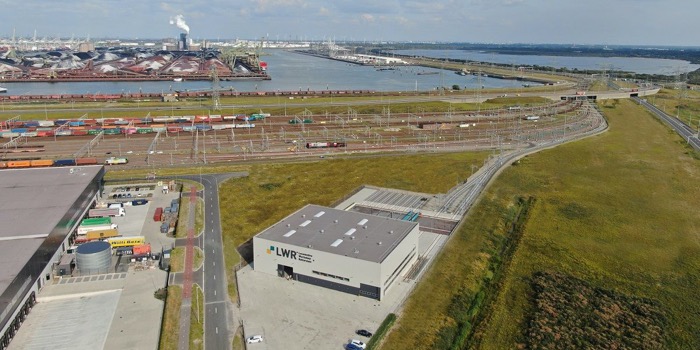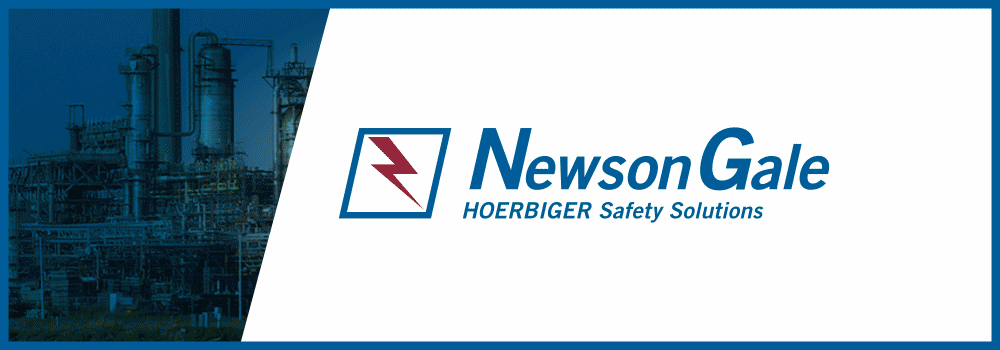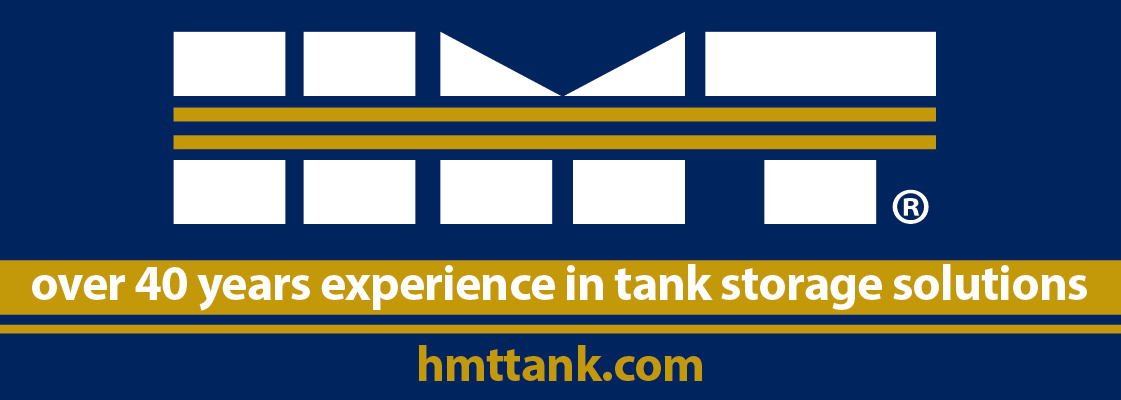Opening ceremony of Locomotive Workshop Rotterdam on the Maasvlakte
The opening ceremony of the Locomotive Workshop Rotterdam (LWR) on the Maasvlakte took place at the end of November. This means the Port of Rotterdam now has a brand new, ultramodern workshop where locomotives can be serviced, repaired and inspected. Unique to the Netherlands are the test tracks with catenaries capable of handling all the different mains voltages used by Europe’s railway lines.
The arrival of the LWR in the Maasvlakte will make it even more attractive for freight train operators to increase the volume of goods being transported by rail to and from the port of Rotterdam. It supports the Port of Rotterdam Authority’s ambition of working towards increasing the share of rail transport in European freight transport.

The opening ceremony was attended by representatives of locomotive manufacturer Siemens Mobility, train leasing company Mitsui Rail Capital Europe (MRCE), railway infrastructure manager ProRail and the Port of Rotterdam Authority. LWR is a joint venture between Siemens Mobility and MRCE.
The workshop has eight sidings and six work tracks, and is connected via points on the main track to the railway network. Locomotives can access and leave the site along two parallel tracks. Incoming locomotives are placed on the right track using a transverser. Before they enter the workshop, locomotives are cleaned in a washing facility. Train wheels can be re-profiled on the wheel lathe.
The Port of Rotterdam Authority is working towards the optimum mix of goods transport modes by rail, road and inland shipping. From Rotterdam, most containers are transported to their destinations by lorry. This causes a lot of congestion on the motorways around Rotterdam and elsewhere. The Port of Rotterdam Authority, government agencies and the port’s business sector are working towards increasing the share of rail transport in European freight transport.
“The Port Authority is committed to all kinds of projects aimed at increasing the number of containers transported by rail and inland waterway,” it said. For example, the Port Authority is enabling operators to optimise their logistics and minimise the time spent in port by transporting freight by PortShuttle from terminals with lower volumes. The Port of Rotterdam Authority also employs a range of specialists who can give advice on setting up rail connections in Rotterdam, including handling in the port.
For more information visit www.portofrotterdam.com
2nd December 2019














